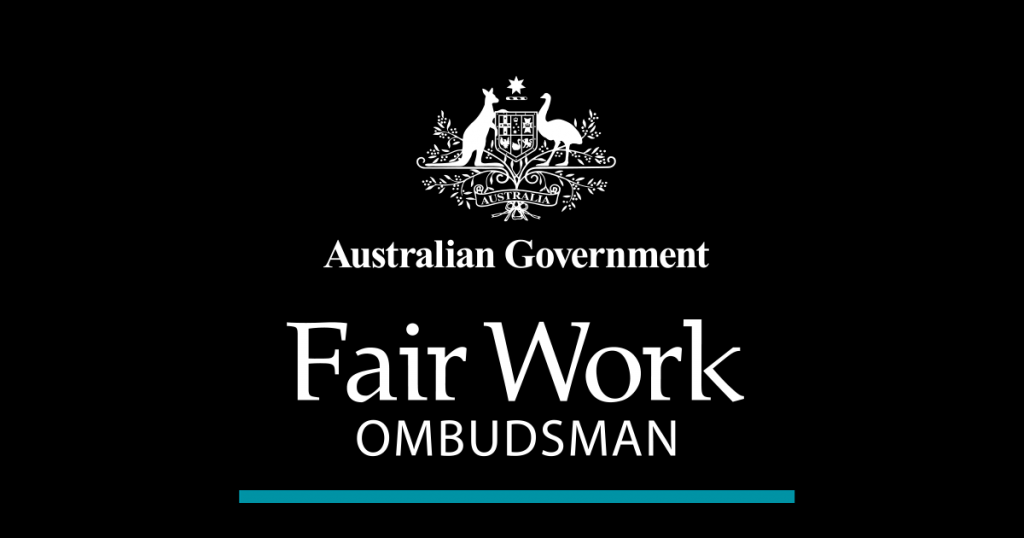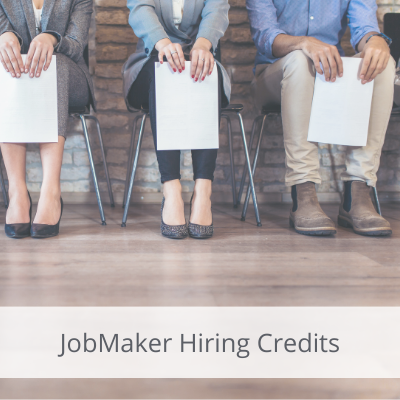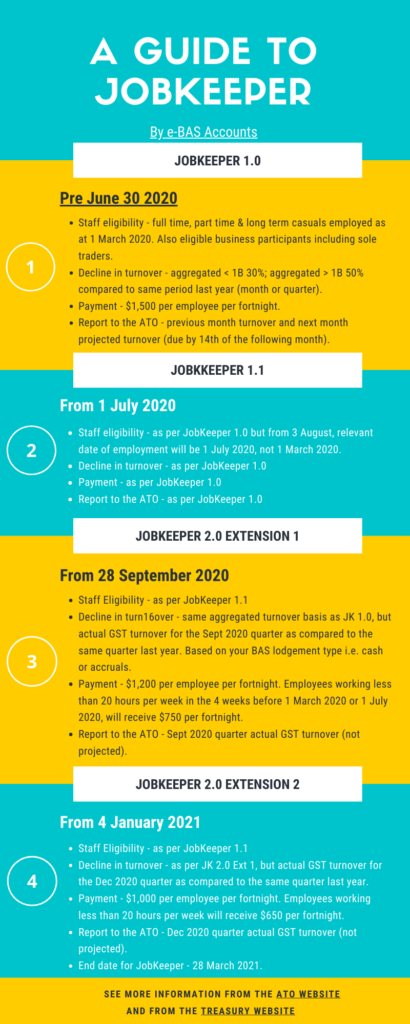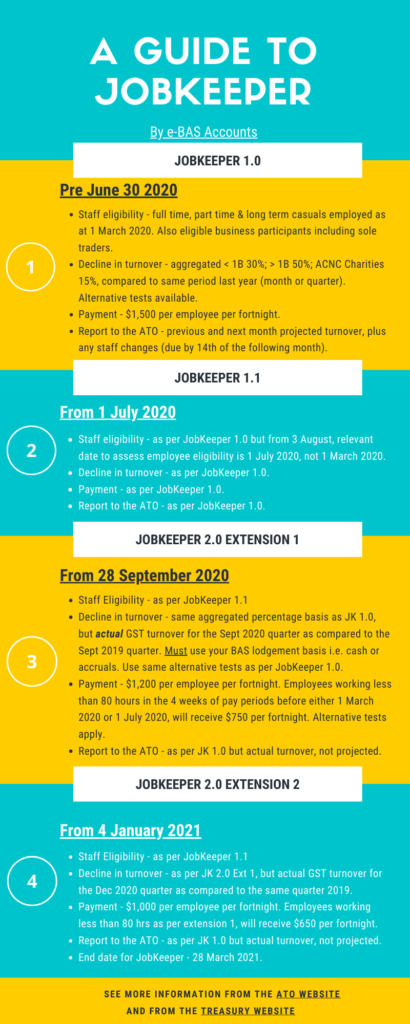Unpaid Pandemic Leave
As per Fair Work, some employees will be entitled to unpaid pandemic leave from 31 December 2021 to 30 June 2022. This affects 74 awards – see this list to check if your workplace is affected.
But what is unpaid pandemic leave and how should it be used?
What is unpaid pandemic leave?

If an employee is prevented from working because he has to self-isolate as directed by:
government or medical authorities or his doctor, or byenforceable government directions placing restrictions on non-essential businesses,
he will be eligible for up to 2 weeks’ unpaid pandemic leave.
What do I need to know about unpaid pandemic leave?
Full-time, part-time and casual staff are eligible.Paid leave does not have to be used before pandemic leave is taken.All staff can take the 2 whole 2 weeks leave - it is not pro-rated for staff who do not work full-time.Unpaid pandemic leave does not affect other types of leave, paid or unpaid.
My employee wants to take unpaid pandemic leave. What should I do?
Your employee needs to advise you when they will take the leave (even if it’s already started) and the reason they are taking it. He should do this via email so that you both have written evidence as to when the leave was taken. The employee should indicate how long he will be absent from work. You can ask your employee to provide evidence that shows why they took the leave, such as a medical certificate. Note, if your employee is actually ill from Covid-19, then he/she may benefit from taking paid personal leave instead. In this case, you could ask for other evidence such as a positive PCR or a Rapid Antigen Test reading.
Go to this Fair Work page for further information.
Unpaid Pandemic Leave Read More »








